Guys seriously, I was writing this post several times, looking on the internet for more ideas, and that nothing escapes. Moldova is the country where both me and hubby were born. Even if we are expats in Barcelona for almost 10 years, on our kitchen still the main dishes we eat are from our Moldavian traditional receipts.
Moldova’s fertile soil produces plentiful grapes, fruits, vegetables, grains, meat, and milk products, all of which have found their uses in the national cuisine.
The local cuisine is very similar to Romanian, and can be best described as drawing inspiration and elements from other cuisines in the region, including Greek, Polish, Ukrainian, and Russian, with a great influence left by the Ottoman cuisine.
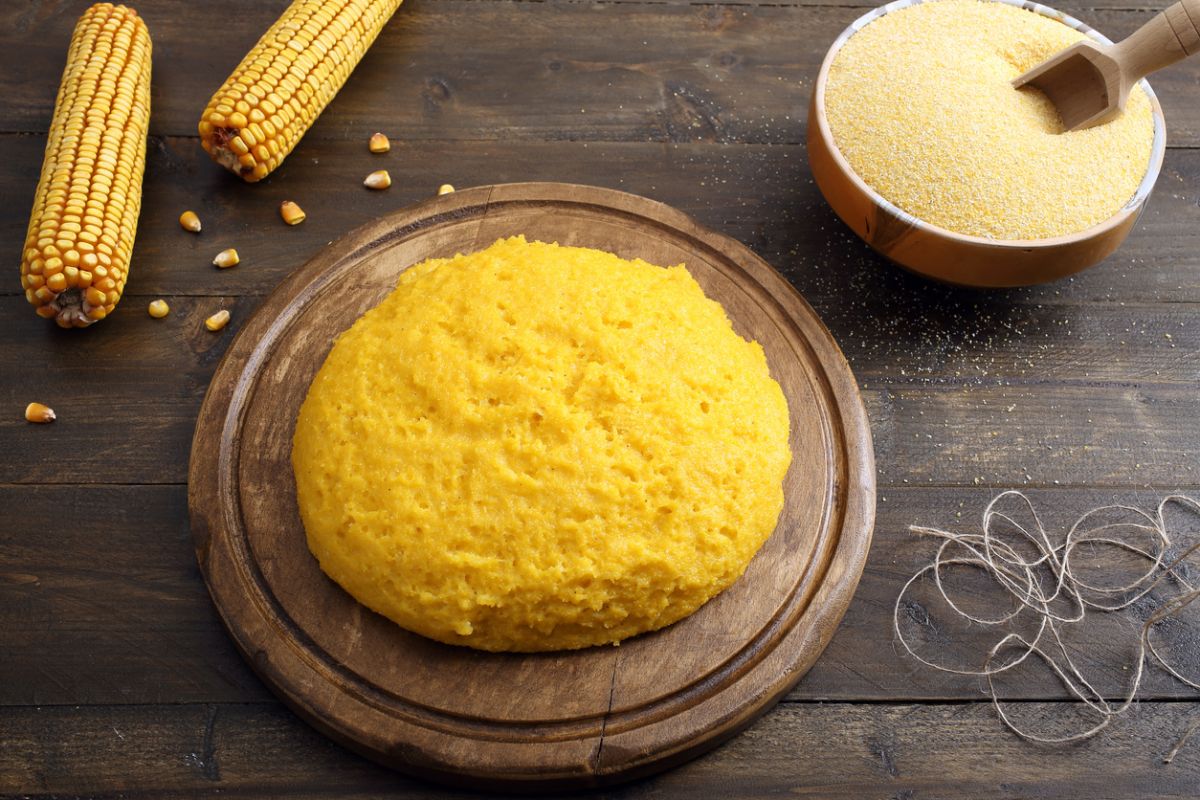
Writing this article, made me found out that what I thought it was typically Moldavian, to be of other cultures, and due to many political changes, it became as our own.
Traditional for our Moldovan cuisine are dishes combining diverse vegetables, such as tomatoes, bell peppers, aubergine, cabbage, beans, onions, garlic, and leek. Vegetables are used in salads and sauces, and they are baked, steamed, pickled (called murături), salted, or marinated. Garlic, pepper, thyme, lavage, celery, dill, parsley are making meals more savory, more tasty.
We have also various kinds of soups, we call these borș, and Romanian call these ciorbă. These may be meat and vegetable soups, or fish soups. As mentioned previously, here we have several soups that are coming from Romanian, Russian and Ucrainian cuisine, but we are so used to make these in our house, that we consider these as ours.
Meat products hold a special place in traditional Moldovan cuisine. To understand how special this place is, just go on Christmas time or Easter time to Moldova. It is common to see people eating pork (that was grown all year for this special occasion) on Christmas, and lamb on Easter. Roasted and grilled pork, beef meatballs (known as pârjoale and chiftele), and steamed lamb are common. Meat and fish are often marinated and then grilled.
Wines, being one of the high quantity producers, you will find local wines at every meal in every house.
Another proud moment for most of the Moldovan houses are baked items, such as pastries, cakes, rolls, and buns, with a variety of fillings (cheese, fruit, vegetables, walnuts, etc.), known as cozonac, pască, brânzoaice, and sfințișori.
Here to mention, the traditional dishes mainly depend on the area you’re visiting as there is a huge difference in food between areas. Even if we eat the same food at a certain point, some of the dishes are more present in some places than others. For example, Eastern part which is influenced by Ukrainians consumes mostly variations of sour soups while southern areas base their cuisine more on meat.
Now, let’s step directly to the dishes, one by one. Be ready to salivate while reading :).
Mamaliga (mămăligă)
It is the main traditional dish, but as well it is the main traditional dish in Romania. It is cornmeal mush or porridge. This is a staple polenta-like food on the Moldovan table, served as an accompaniment to stews and meat dishes or garnished with cottage cheese, sour cream, or pork rind. Since mamaliga is sticky and will stick to a knife when fresh, it is often cut with a sewing thread. Regional delicacies include brânză (a brined cheese) and ghiveci (a lamb or goat stew).
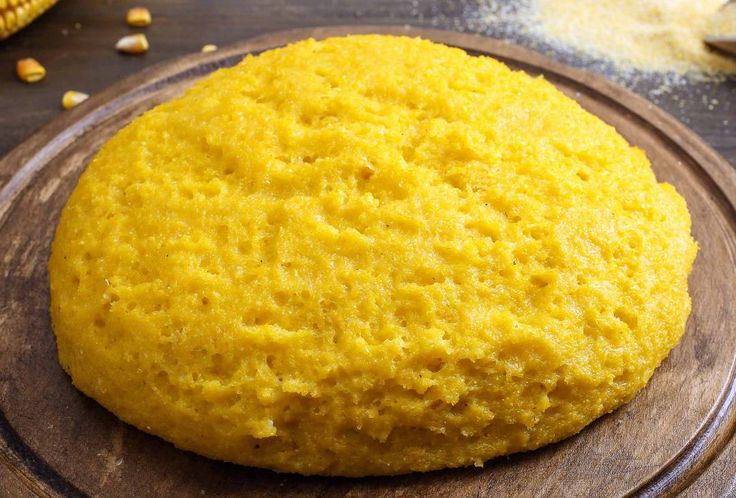
Zeama.
Zeama (Zama) is a traditional Moldovan soup made and eaten year-round, usually for lunch. Zeama is made with chicken, vegetables, noodles. The soup also has lots of vegetables – finely-chopped onions, diced carrots, cubed potatoes, lots of parsley, some pepper and salt, and sometimes tomatoes or other spices. It’s always served with a side of bread and salt, as is traditional on any Moldovan table. Both our kids, love this soup, and there can be a better meal for them, apart of pasta.
Here to mention that traditional Zeama, is made of homemade grown chicken, and homemade noodles, usually noodles are done, meanwhile the meat is boiling.
I used to eat zeama dipping in a cut-up hot pepper (for a little spice) and kids love to eat the soup with a large dollop of sour cream.
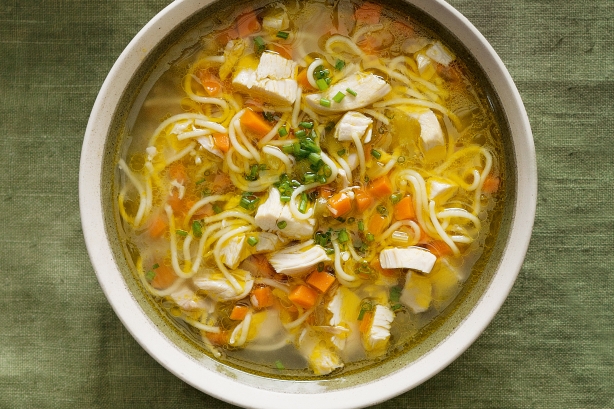
Placinta.
Placinta(pronounced pla-chin-ta) is Moldovan traditional on-the-go dish that is widely available in the country. Placinta is a fried bread that can go well with additional fillings like brinza, potatoes or some fruits. My kids used to call placinta pizza, when they were smaller. Indeed, the mass taste is somehow related. But not at all.
The best way to enjoy the ideal placinta on Moldovan way is to check villages around towns where locals are preparing this dish with the right amount of filling and on the traditional way. The secret is also that in the villages people prepare placinta in wood oven.
Usual filings are: brinza (homemade cheese), varza (cabbage) or cartofi (potatoes).
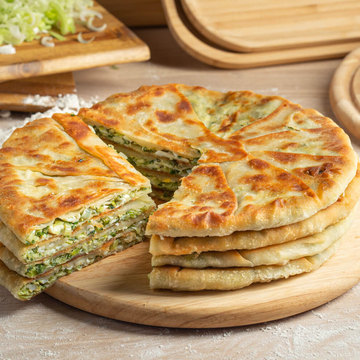
Sarmale.
One of the staples of traditional Turkish cuisine, sarmale consists of a filling that is snugly surrounded by leaves or leafy vegetables. There are numerous versions of this dish but the mixture typically combines ingredients such as minced meat, rice or bulgur, various herbs, seasonings, red pepper, paprika, ground sumac, or tomato sauce, while the typical wrapping usually includes vine, cabbage, or sauerkraut leaves, or a variety of leafy vegetables such as collard greens and swiss chard.
Having its roots in the Ottoman Empire, sarmale is also traditionally consumed in the Balkans, the countries of Central Europe, the South Caucasus, and the Middle East. Although it is commonly enjoyed as a filling lunch or dinner (typically during the winter season), sarma is often prepared on special occasions and holidays. The cooking process is prolonged and it takes around few hours to be prepared. In Moldova, we are serving Sarmale with sour cream so you can dip it for extraordinary taste.
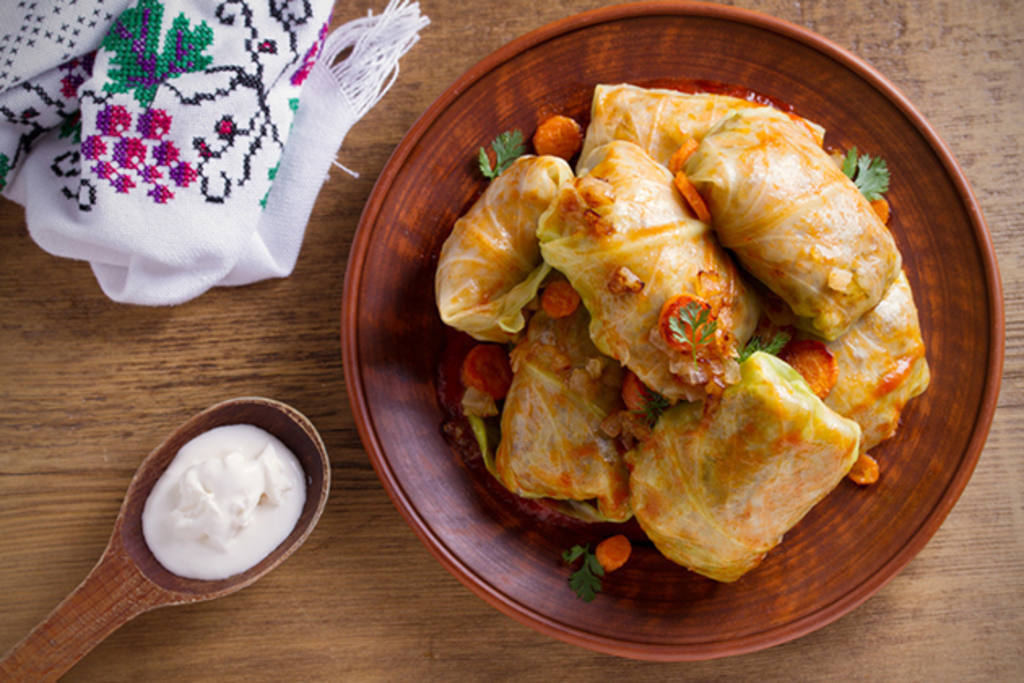
Pârjoale.
Pârjoale are popular Moldovan and Romanian meat patties and meatballs made from lamb, pork, beef, or a combination of the three. The meat is usually combined with garlic, eggs, and fresh herbs such as dill, thyme, and parsley. These patties or balls are rolled in breadcrumbs and deep-fried in hot oil, keeping the meat tender and juicy. Pârjoale are usually served as appetizers.
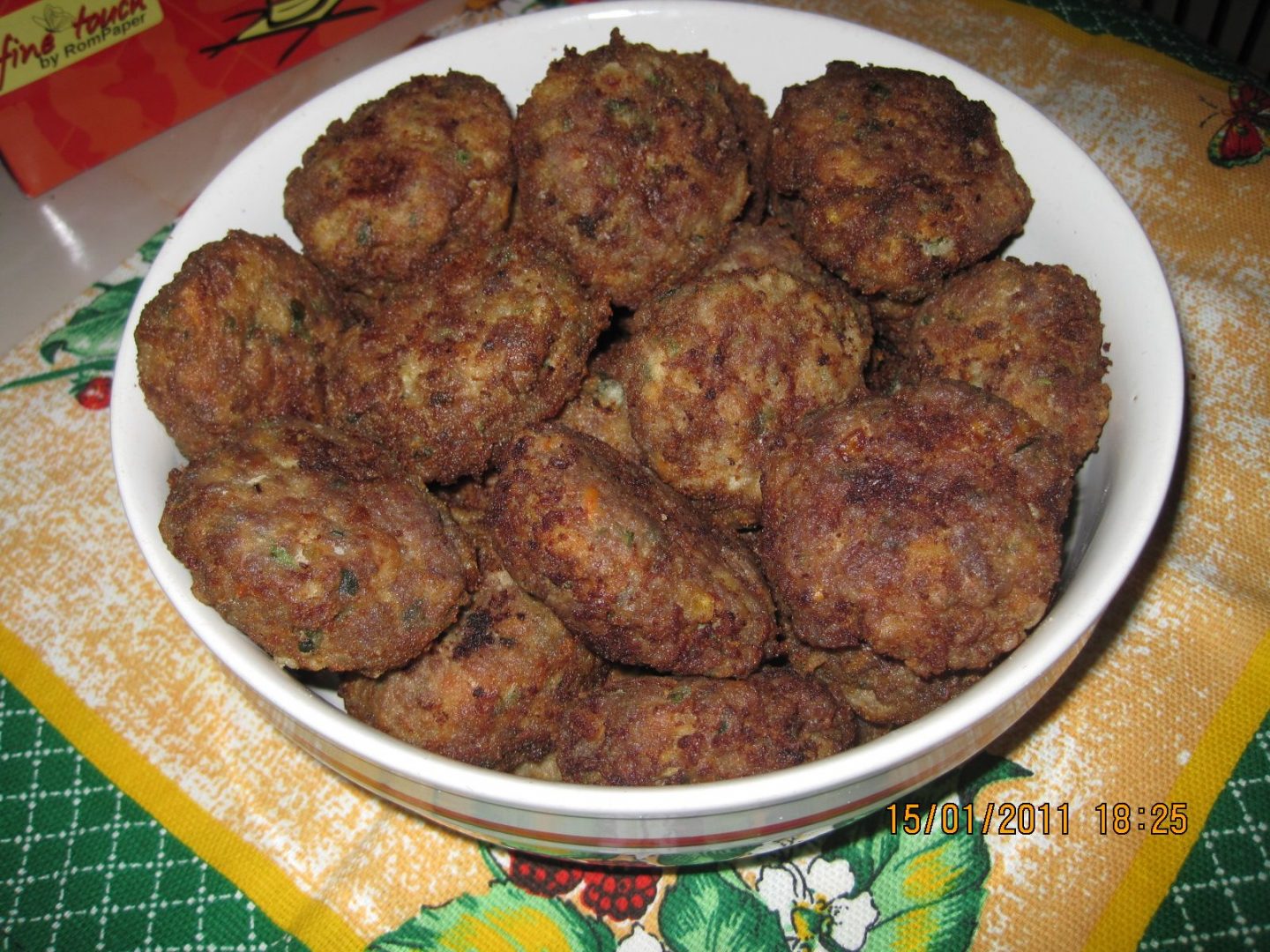
Chiftele.
Chiftele is the smallest version of Pârjoale, that are also meatballs. It is small, flat, and made of all kinds of meat, including pork and beef, which the most popular combination, and chicken, for a healthier option. These are usually served in soups.
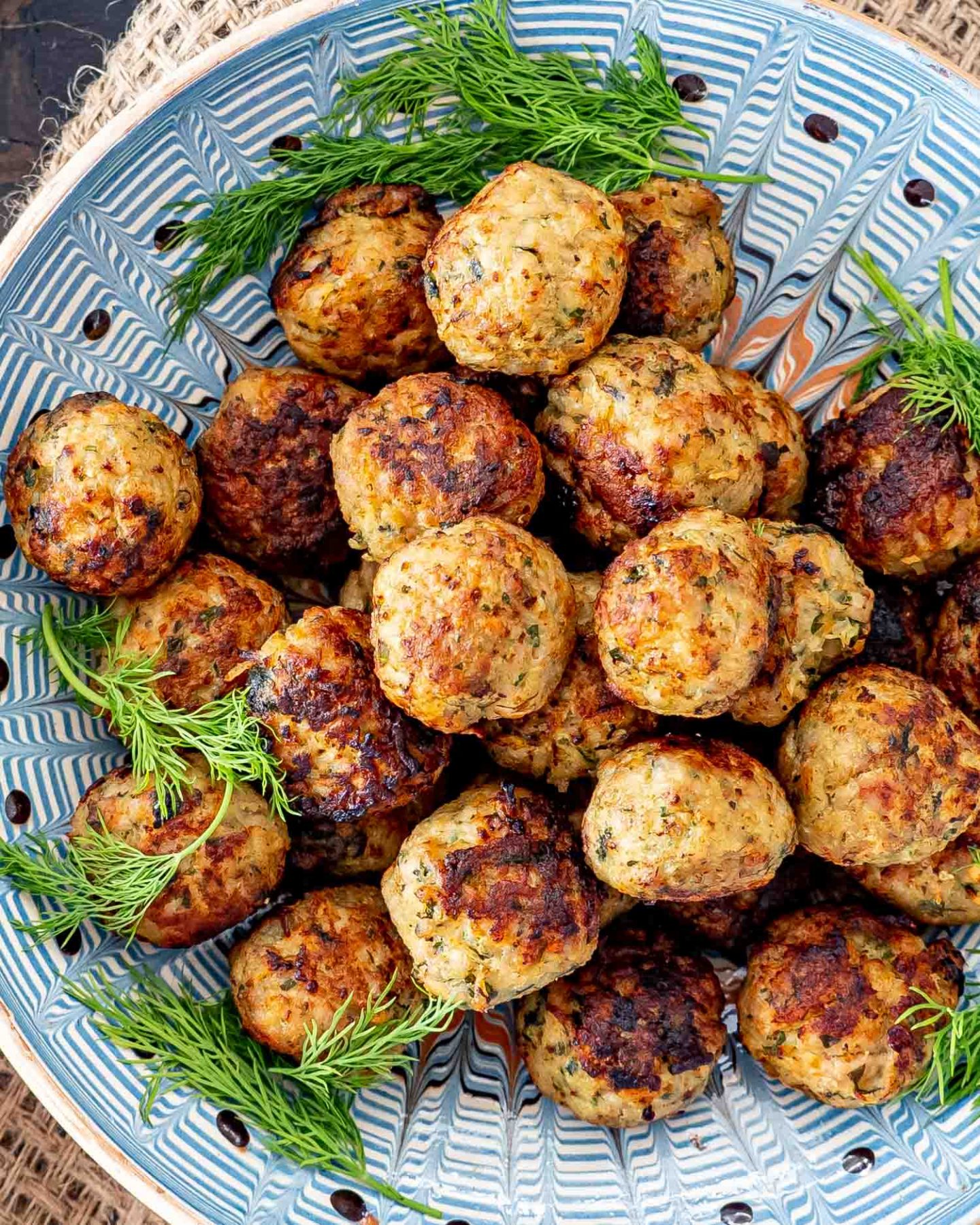
Racituri.
Another yummy yummy traditional food in Moldova is the Racituri. My kids love this dish a lot. It is a clear jelly made of frozen meat of pork, specifically from ears, feet, and pork heads. It is often served during Christmas in Moldova. This is very popular among the locals as well as foreigners for its savoury flavours and exquisite taste like no other. Make sure to have a taste of this delicacy before leaving for a complete experience of the country.
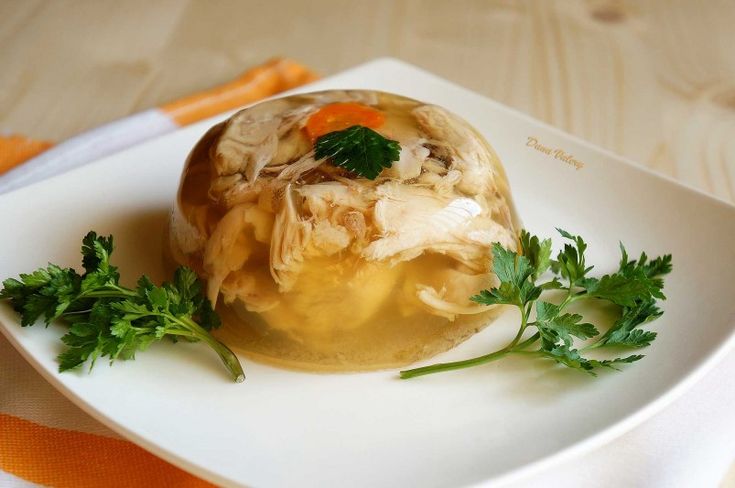
Beat Beans.
Beat Beans – cold mashed beans- the most popular dish during The Lent.
Pasca.
Pasca is a traditional Moldova dish that is part of the Orthodox Christian tradition and which is often served during Easter. Pasca’s main ingredients is the cozonac dough, which is stuffed with cream, cheese, and nuts. It is a delightful, beautiful dish that you shouldn’t miss while in the country.
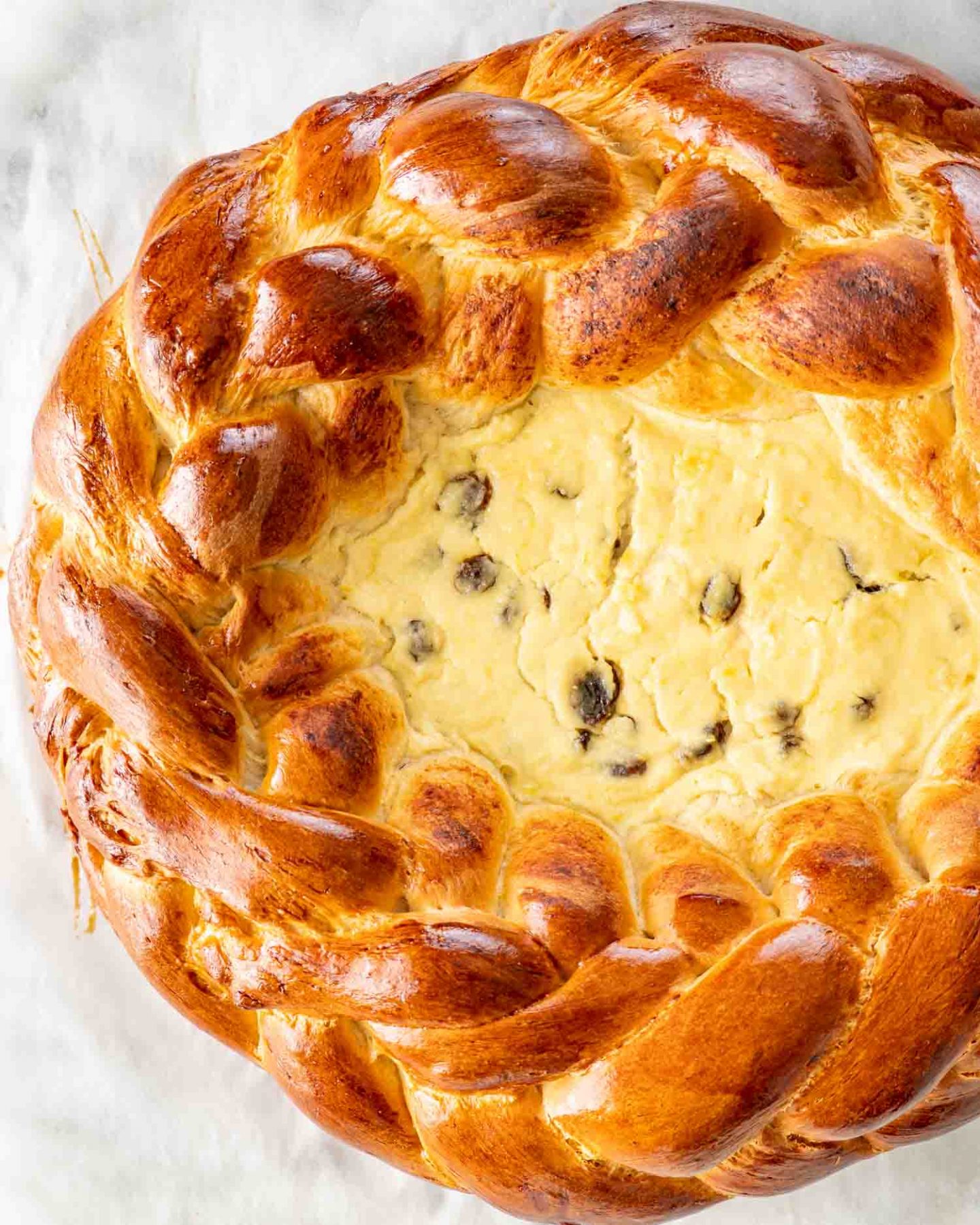
Cozonac.
Cozonac is homemade panettone. This traditional Moldovan food is a dessert that is often served during significant holidays in the country, including Christmas, Easter, New Year’s day, and more. It is a sweet, leavened bread made of milk, yeast, eggs, sugar, butter, and other ingredients such as nuts, dried fruits, and more.
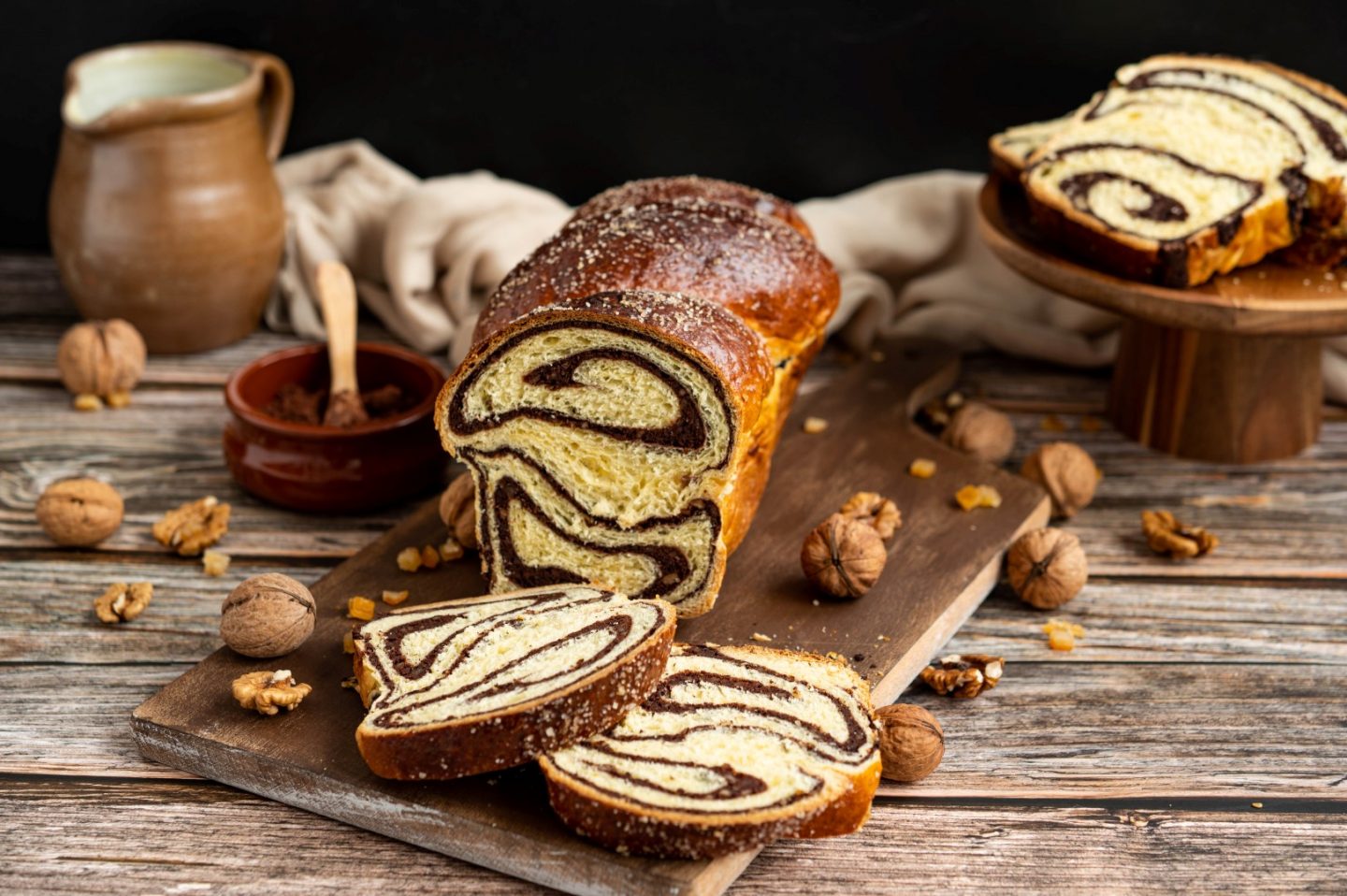
These several dishes are main dishes within all the country. Of course, as I mentioned previously, in certain areas, the cuisine of various ethnic minorities is predominant.
For example in the Eastern areas, Ukrainians eat borscht (I also do, as my father is Ukranian and this meal is still one of the main dishes in the house); in the South, the Bessarabian Bulgarians serve the traditional mangea (chicken with sauce), while the Gagauz prepare shorpa, a highly seasoned mutton soup; in the Russian communities, pelmeni (meat-filled dumplings) are popular.
Other very popular dishes include a variant of pierogi called colțunași, filled with fresh white cheese (colțunași cu brînză), meat (colțunași cu carne), or cherries.
Well, Moldovan cuisine is a very interesting mix of cuisines from eastern and western countries as these countries have influenced Moldova through the history.
If you have tasted any of these, leave a comment here.
htmlFAQs – Moldovan Food
- What is Moldova’s national dish?
- Mămăligă—cornmeal porridge served with cheese, cream, or stew.
- Is Moldovan cuisine similar to Romanian?
- Yes, but with Slavic and Turkish influences such as stuffed cabbage (sarmale).
- Where can I try Moldovan wine?
- Cricova and Milestii Mici wineries offer cellar tours 30 min from Chișinău.

Oh my goodness, my mouth is watering. Seriously, I just stared longingly at a few of these pictures, lol!
Author
ahahahaha, my mouth was watering only writing this article
These dishes look delicious! I think I’ve had a version of the Cozonac before – it was really yummy!
Author
yeah, it is super delicious, thank you
I have never heard of Moldova! Sounds like a beautiful place. We live somewhere where there is NO rich soil but somehow we’re managing to grow some fruit and hardy vegetables. These dishes all look and sound amazing! Thank you so much for sharing.
Author
Moldova is a very small country, there is no wonder you didn´t hear of it previously, I am glad you enjoyed reading the post
All of this food looks amazing! Especially the sarmale.
Author
yeah, all this food is soooo delicious
I would love to try all these things! My son would be like…can I just get a hotdog? lol
Author
ahahaha, very common within kids, mine if it would be another´s culture food, will do the same
It’s lunch time, and I’m so hungry. All these dishes, officially made my tummy rumble, my mouth water, and making me wish I had this in front of me to eat, right at this moment!
Author
oh I know, my mouth was watering all way writing this article, i just understand you
All of these dishes look so delicious! I loved all of your commentary behind each dish as well!
-Jennifer
Author
thank you a lot for appreciations, I really wish you will taste one day this delicious food
YUMMY. I would like to try them.
Author
for sure, you will be amazed how delicious these are